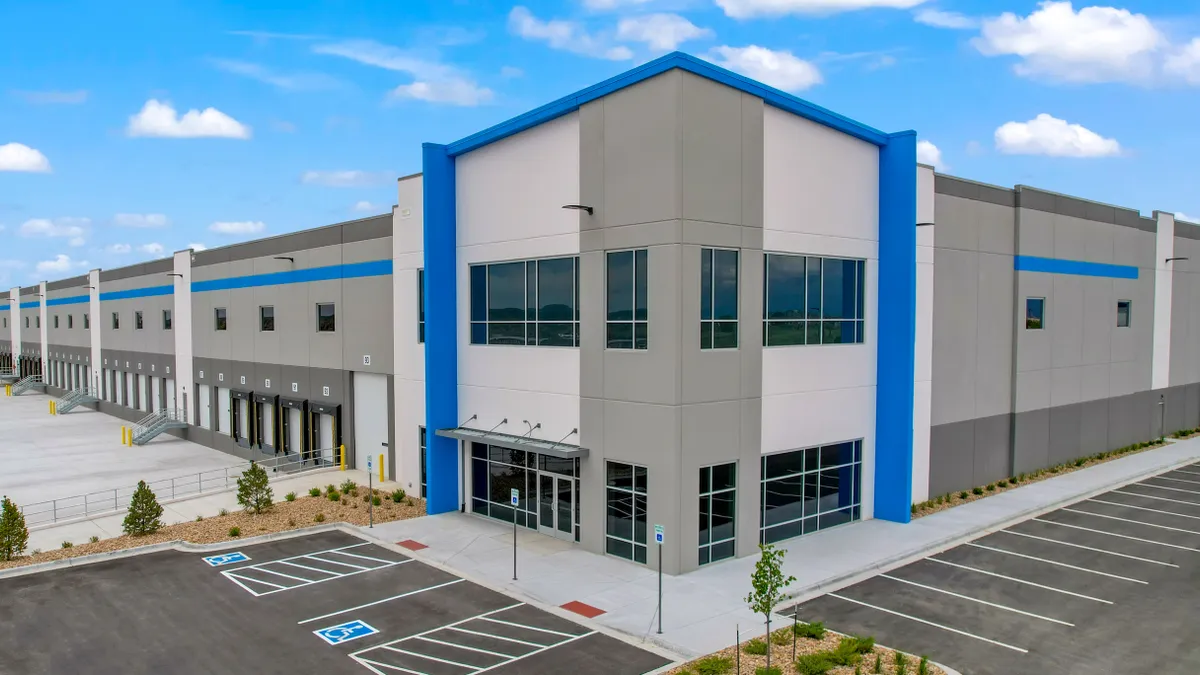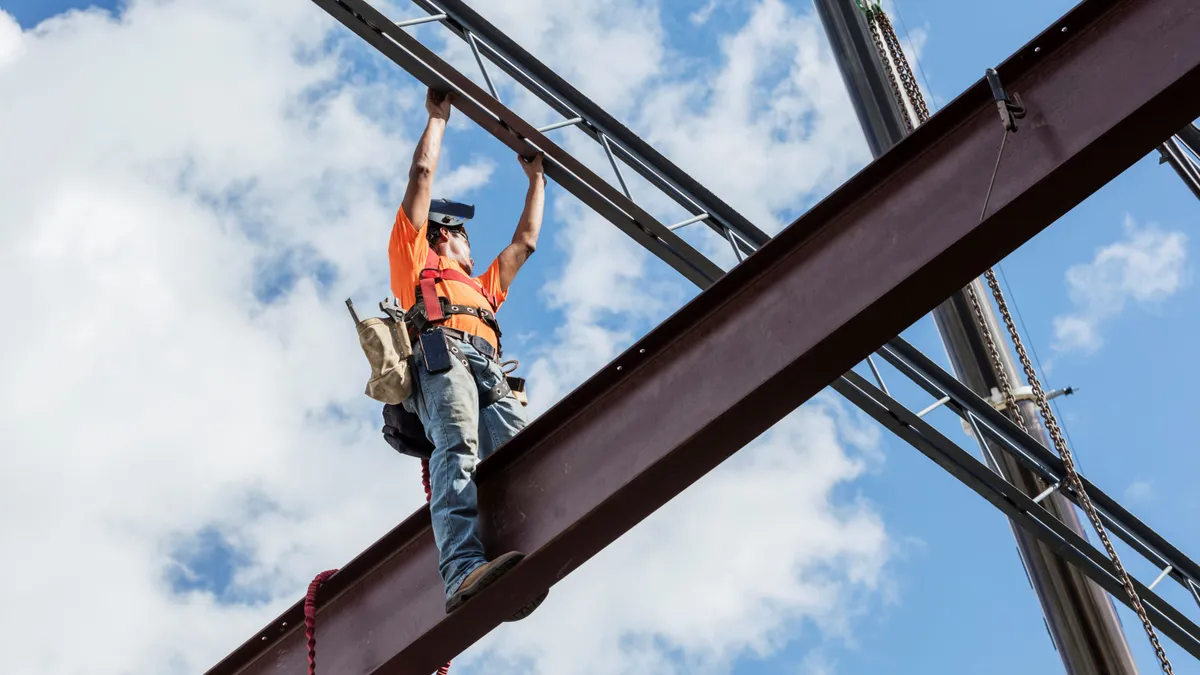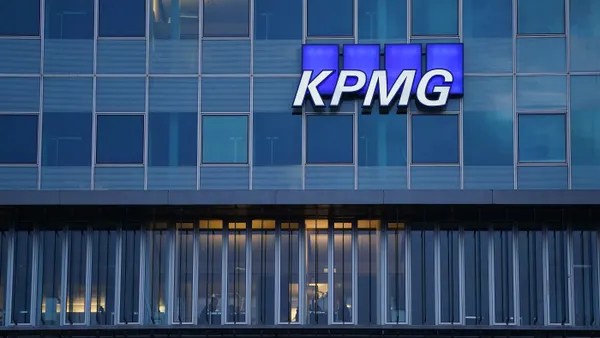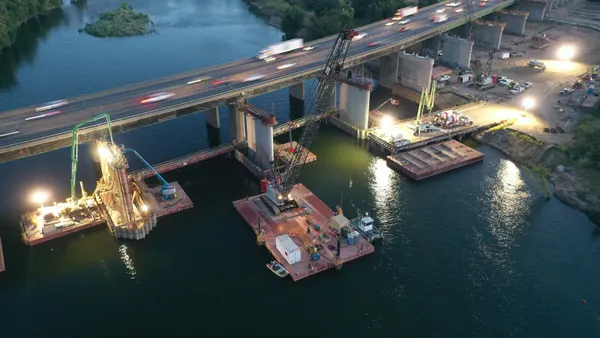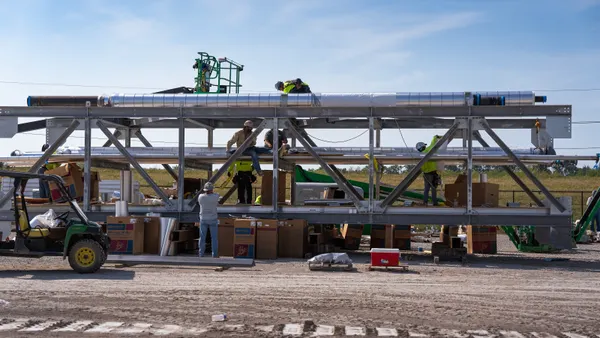Sixty-eight percent of construction firms report struggling to fill open positions because they lack qualified, available candidates, says Deloitte research.
Statistics like this are nothing new — construction has struggled with a labor problem for years — which is why we need to think differently about our approach to solutions.
As in many other industries (like manufacturing and agriculture), employing tech tools in the construction sector can increase efficiencies and even match ideal job candidates with work.
For example, BlueScope Buildings North America is leveraging data-driven insights and investing in emerging technologies to optimize hiring, build partnerships and gain efficiency.
To grow a construction workforce that fits your demands, consider following a 3 Cs formula: Connect, Consolidate and Converge.
Connect people and information
Good data is foundational for any construction company or project seeking workers. While connecting people with relevant data allows for informed decision-making and actionable insight, it can be challenging.
Data in the construction industry is underutilized because it takes so much time and energy to analyze and contextualize it, says Amanda Schneider, founder and president of ThinkLab, a market research company.
To enable better connections, the sector must be open to trying out tools that empower in-the-moment understanding, she says.
“If we can leverage tools like AI, like new digital systems, to do some things that humans do very slowly, much faster, it's going to get us to better data.”
Then, armed with better data you also get better insights, Schneider explains, which leads to better experiences as we construct buildings — not to mention better outcomes for the people working on those projects.
Young talent will be far more attracted to construction industry companies who are intentionally embracing technology, she notes.
Consolidate data to create value
Databases don’t fill the demand for labor, but using advanced technology to unify, organize and interpret data creates value and leads to more predictable, successful hiring.
GigBridge, a SaaS company founded by Gabriel Makinwa, is tackling the labor challenge by consolidating and connecting data that empowers decision-makers to choose the right person for specific projects — in the right place at the right time.
(Last year, GigBridge won the top prize from BlueScope’s global innovation accelerator, Buildings of the Future.)
Their AI solution takes unstructured data that’s captured on a job site — like how many bricks a person laid or electrical points they installed — and organizes it in a digital system, Makinwa says.
“The AI technology can essentially sift through information data about workers or professionals that have been captured, and help better predict who will be a good fit for our upcoming jobs,” Makinwa says.
The construction industry is up against fierce labor competition from other fields, he continues, especially because graduates have more career options today than 30 years ago. And their expectations that technology will play a role in their job are also higher.
Custom AI solutions aren’t realistic for everyone, however, leveraging user-friendly generative AI technology can help businesses of all sizes address their labor needs and gain efficiencies.
Converge findings to fill gaps
Innovative manufacturers and engineers are bringing data insights together to reimagine how work gets done in the construction industry. Instead of focusing on who can fill open positions, they examine processes, tools and products for improvement.
In addition to investing in tech that revolutionizes hiring, we need to look at how labor-efficient repetitive processes like robotics — used regularly in manufacturing — can be integrated with AI, says Dan Kumm, senior director of business insights at BlueScope Buildings.
Coupling data with AI boosts innovation and reduces the amount of human labor required.
“At BlueScope we've started experimenting with concepts that we think will carve out certain activities in a construction site that could be suitable for robotic activity, that maybe previously weren’t as suitable,” Kumm says.
For instance, a robotics-enabled machine installing wall panels down the side of a building may not be able to navigate changes to the environment, like a trench, he says.
AI can potentially help a robot understand, predict and standardize common “non-standard conditions” like these, Kumm explains.
Robotics capabilities are growing, but manufacturing innovations are already shaping the future.
For example, BlueScope Buildings is applying its data to precisely engineer and manufacture a perimeter metal stud wall system. While metal stud walls aren’t new, the approach is.
“We can precisely cut all the studs for a project to length in the factory and pre-punch, pre-mark and bundle them together so they’re organized,” Kumm says. “No one has to go look for parts and pieces on the jobsite or do lots of tape-measuring. They can just break the bundle apart and assemble it.”
By investing in solutions that enable more consistency and efficiency in the production of building materials and systems, the construction sector can put a dent in their labor problem, he concludes.
Addressing the labor dilemma demands proactive measures. Businesses can competitively position themselves and grow their labor pool by bridging people and information, unifying data for decision-making and integrating AI technology into processes. It's time to translate insights into action and explore the possibilities.

